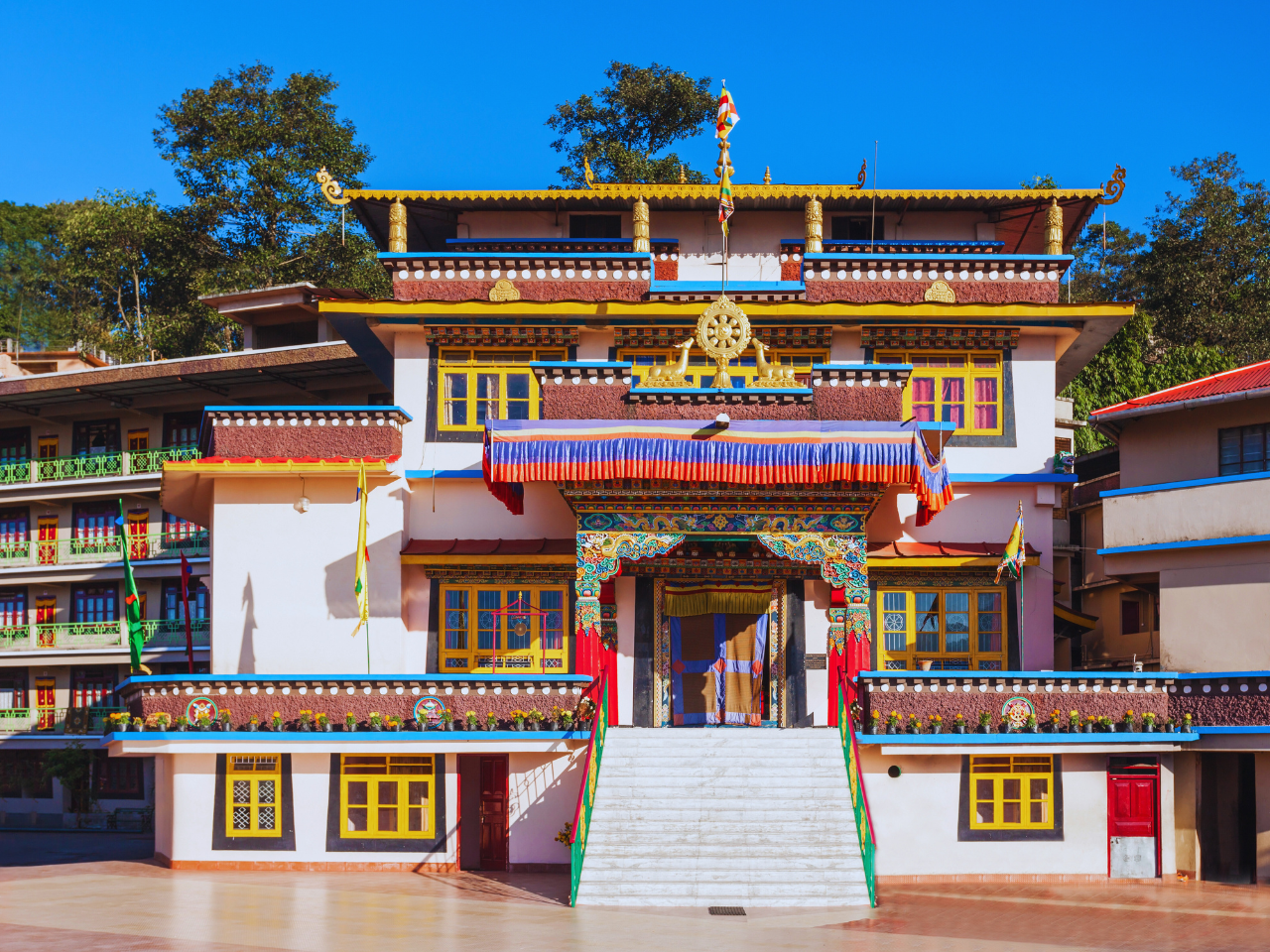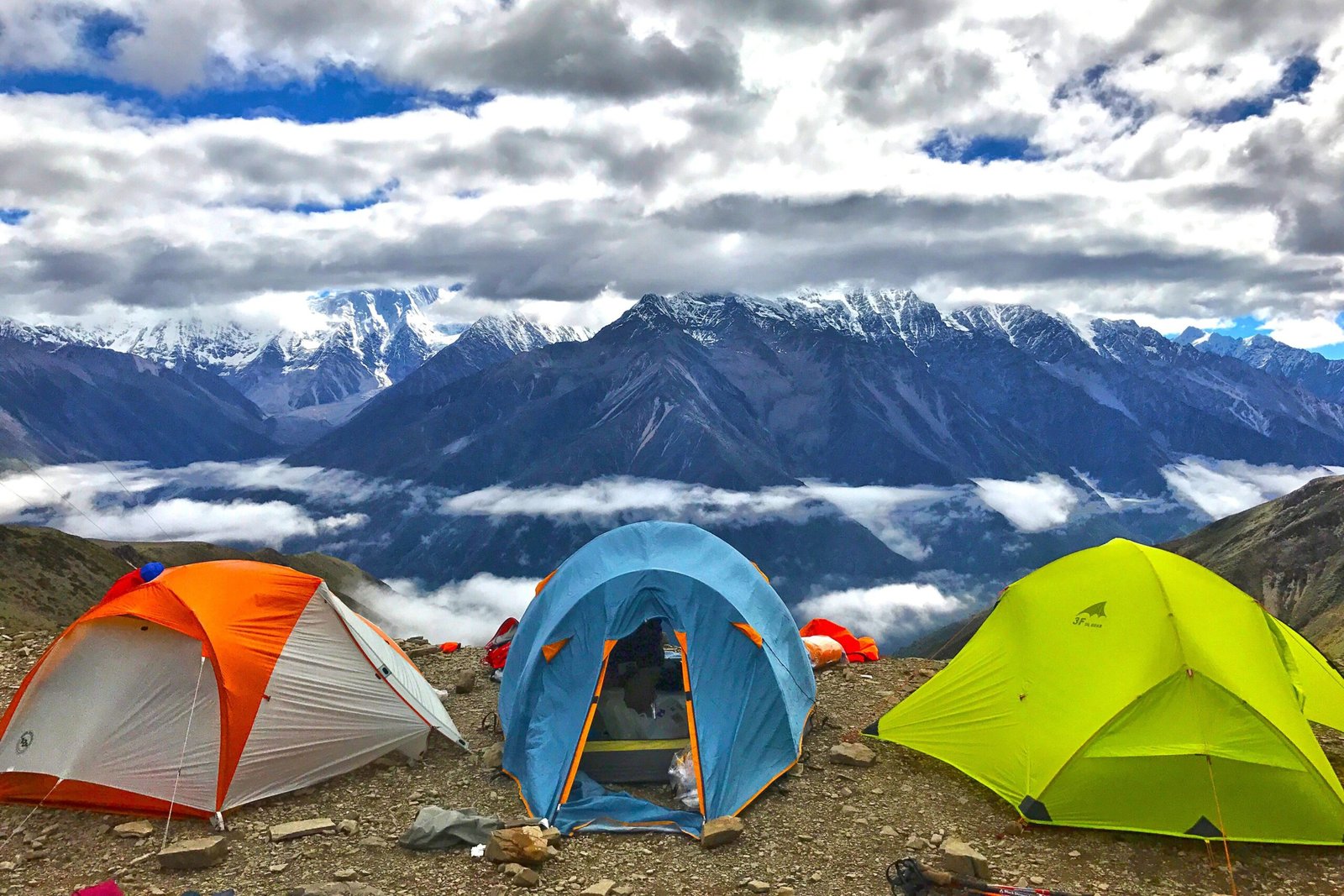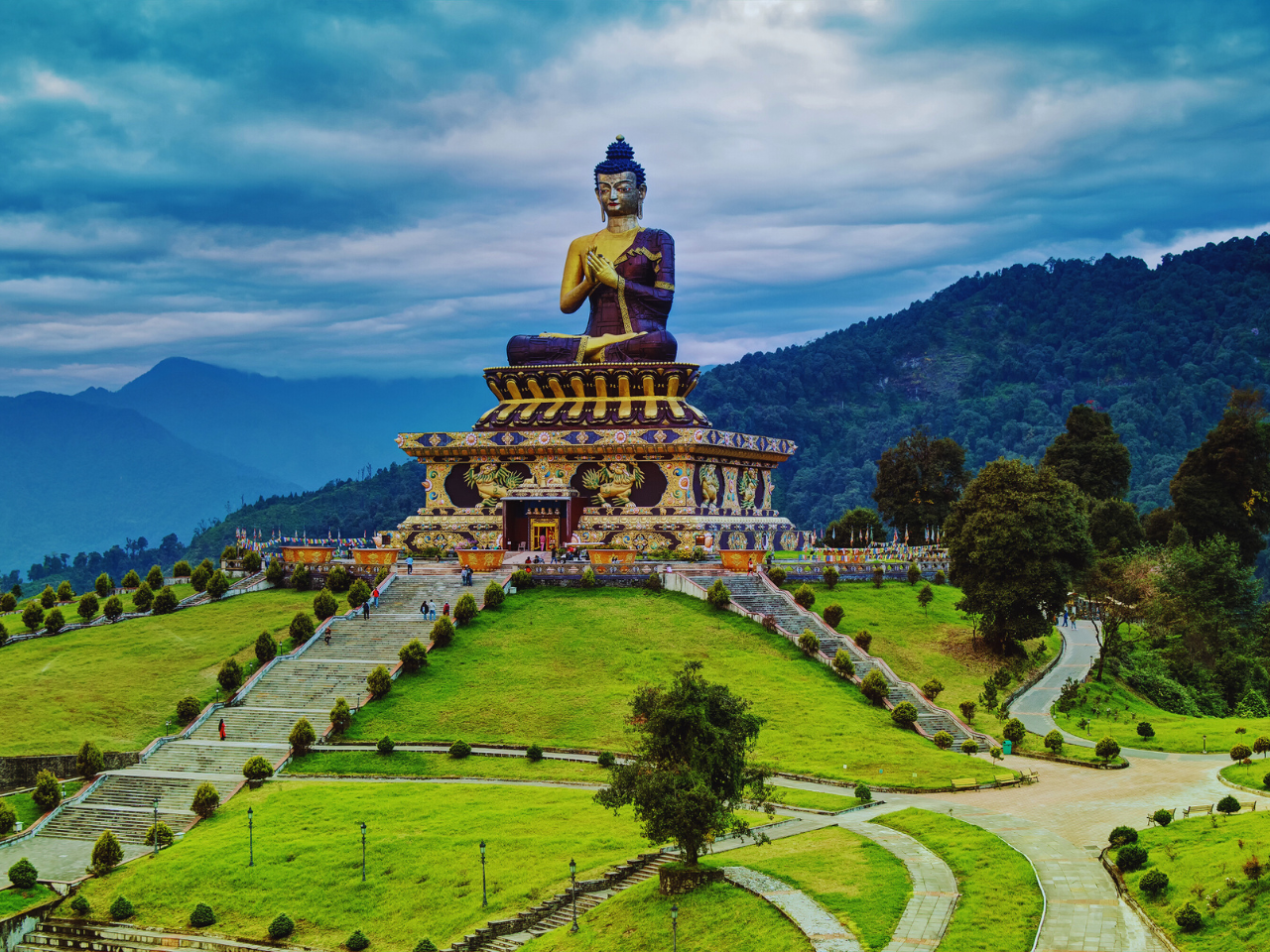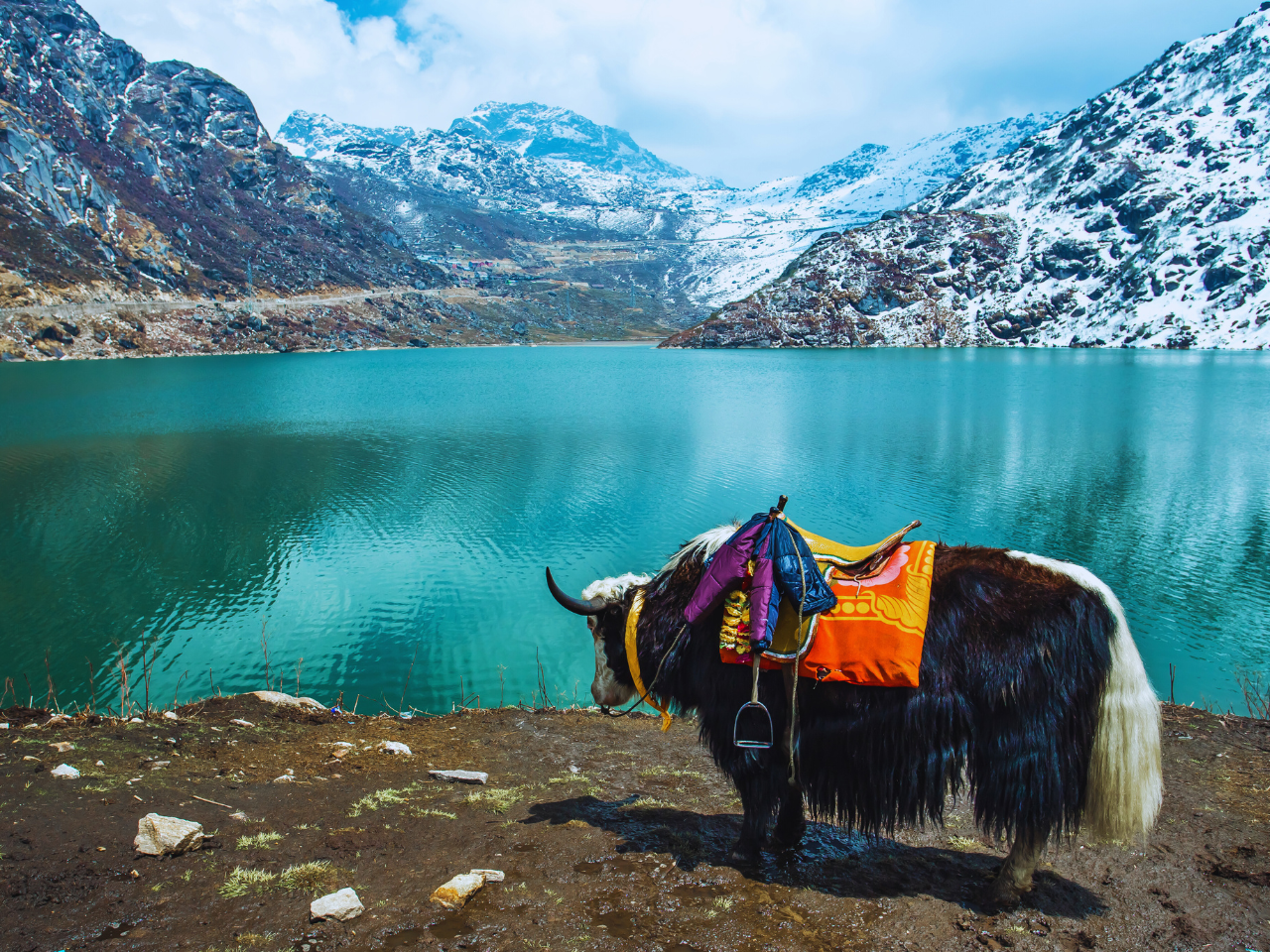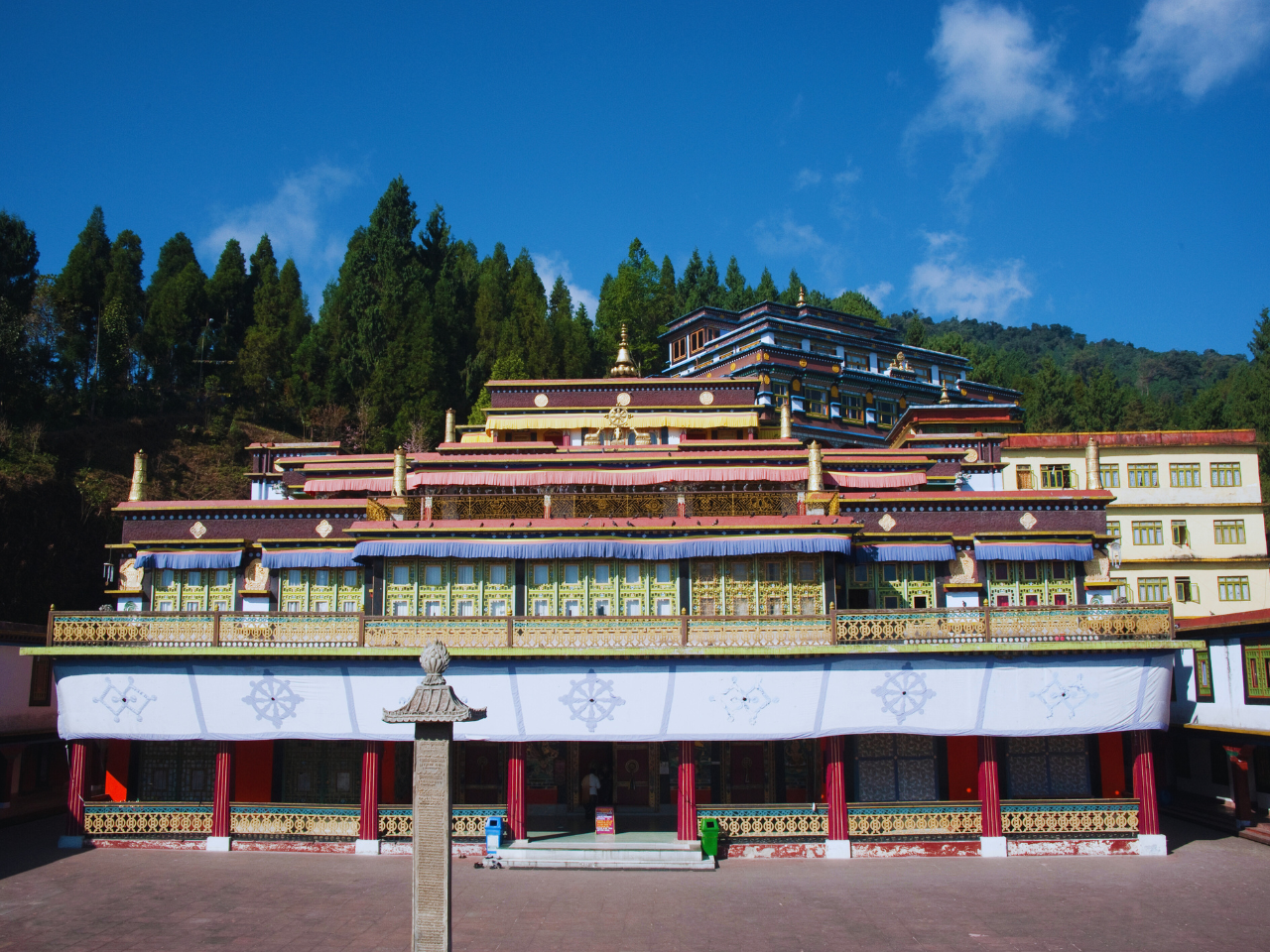Best Time to Visit Ravangla
Best Time To Visit Ravangla
Nestled amidst the foothills of the Himalayas, Ravangla unfolds like a charming tapestry woven with breathtaking vistas, serene monasteries, and rolling hills. Unlike the bustling cityscapes, Ravangla’s magic lies in the gentle murmur of prayer flags, the gurgle of the passing Teesta River, and the vibrant tapestry woven by nature throughout the year. But when is the ideal time to immerse yourself in Ravangla’s enchantment? Let’s embark on a seasonal adventure to discover the unique charm each period offers.
Spring (March to May):
Spring paints Ravangla in a vibrant palette. Rhododendrons burst into a riot of colors, adorning the surrounding hillsides. The weather sheds its winter chill, transforming into a comfortable embrace with temperatures ranging from 10°C (50°F) to 25°C (77°F). Crystal-clear skies offer unobstructed views of the majestic Kanchenjunga, its peak glistening under the benevolent sun. This season is ideal for nature walks amidst the blooming brilliance, exploring the nearby villages nestled amidst the hills, and experiencing the peacefulness of Ravangla’s monasteries.
Highlights:
- A Floral Extravaganza: Witness the explosion of rhododendrons and other spring blooms, painting the hillsides in a mesmerizing display.
- Pleasant Weather: Enjoy comfortable temperatures, perfect for outdoor exploration and sightseeing.
- Cultural Delights: Immerse yourself in the vibrant celebration of Baisakhi, the Sikh New Year, near neighboring Namchi.
Summer (June to August):
Summer brings a touch of monsoon magic to Ravangla. Lush greenery carpets the landscape, with waterfalls cascading down the hillsides. While occasional showers may grace the land, they typically arrive as cleansing bursts, leaving the air refreshingly cool. Average temperatures range from 15°C (59°F) to 28°C (82°F). This season is ideal for those seeking a tranquil escape and a chance to experience the rejuvenating power of nature.
Highlights:
- Emerald Embrace: Immerse yourself in the verdant beauty of the monsoon season.
- Waterfall Wonders: Explore cascading waterfalls and hidden streams near Ravangla, especially during the peak monsoon.
- Adventure Activities: Embark on short treks, or white-water rafting adventures on the Teesta River (depending on water levels).
Things to Consider:
Potential for Landslides: Be aware of the possibility of landslides during heavy monsoon rains, especially on mountain roads.
Autumn (September to November):
Autumn transforms Ravangla into a wonderland of golden hues. The verdant foliage gives way to a warm palette of yellows, oranges, and reds, creating a breathtaking backdrop for the snow-capped peaks. The skies remain clear, offering spectacular views of the Himalayas. With average temperatures ranging from 10°C (50°F) to 22°C (72°F), autumn presents the perfect conditions for outdoor activities like trekking and sightseeing.
Highlights:
- A Tapestry of Colors: Witness the mesmerizing display of autumn foliage carpeting the hills.
- Pleasant Weather: Enjoy comfortable temperatures for outdoor pursuits.
- Cultural Delights: Immerse yourself in the vibrant Dussehra celebrations, a time for celebrating the triumph of good over evil.
Winter (December to February):
Winter drapes Ravangla in a cool and misty charm. The temperature dips considerably, with average temperatures ranging from 0°C (32°F) to 10°C (50°F). However, the skies are at their clearest, offering unparalleled views of the snow-capped peaks. This season is ideal for those seeking a winter escape and for those who cherish the soul-soothing warmth of natural hot springs located near Ravangla.
Highlights:
- Scenic Beauty: Witness the captivating transformation of Ravangla’s landscape dusted with snow.
- Unparalleled Views: Capture stunning photographs of the snow-capped Kanchenjunga against a clear blue canvas.
- Relaxation and Rejuvenation: Immerse yourself in the natural hot springs for a truly rejuvenating experience.
Things to Consider:
- Pack for the Cold: Pack warm clothing for the cooler temperatures.
- Limited Services: Some tourist facilities and activities may have limited availability during winter.
Planning Your Perfect Ravangla Escape:
When choosing the best time to visit Ravangla, consider your preferences:
- For Pleasant Weather and Clear Skies with comfortable temperatures for outdoor activities: Spring (March-May) or Autumn (September-November).
- For Witnessing the Hillsides Adorned with Flowers: Spring (March-May) is the prime season.
- For Lush Greenery, Adventure Activities, and Waterfalls: Summer (June-August) offers a verdant escape, but be aware of potential monsoon showers.
- For Breathtaking Fall Colors and Trekking: Autumn (September-November) boasts ideal conditions.
- For a Serene Winter Escape and Hot Springs: Winter (December-February) is perfect, but be prepared for limitations.
Remember, Ravangla’s charm transcends seasons. Whether you seek vibrant landscapes, cultural experiences, or a winter escape, this captivating town nestled amidst the Himalayas promises an unforgettable experience. Here’s a quick recap to help you decide.
More Best Time to Visit
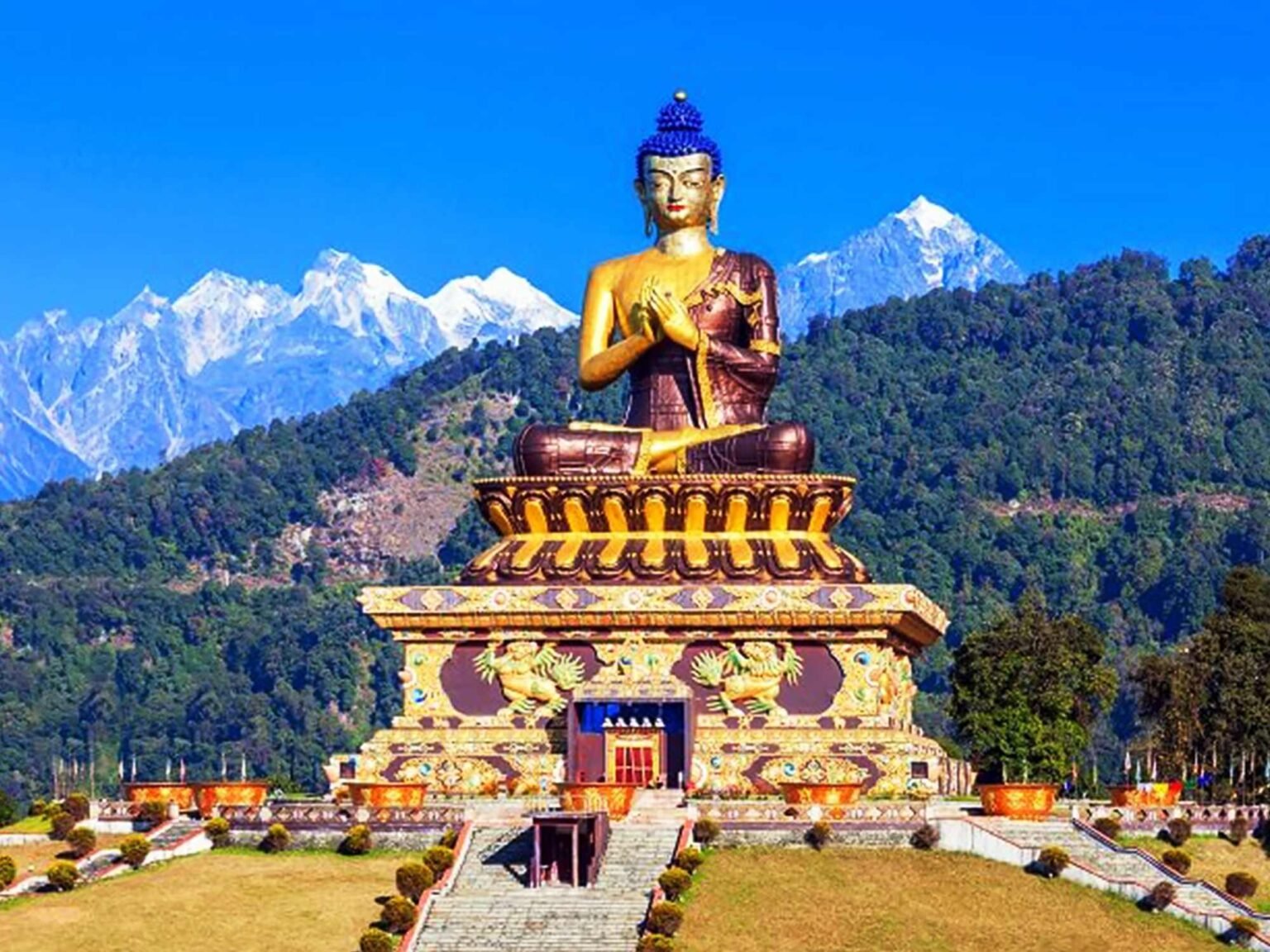
Get Your Best Tour Experience
Customer Speak
Best Seller Package Sikkim
- 4N/5D
Gangtok 5 Days 4 Nights Lachen & Lachung Tour
(654)
Place to Visit in Sikkim
Things To Do In Sikkim
Top Attractions in Sikkim
Explore More About Sikkim
Gangtok is the capital city of Sikkim, and reaching this picturesque hill station involves a few travel options:
By Air
Nearest Airport: Bagdogra Airport (IXB) in West Bengal, India.
Flight duration from major cities: Approximately 2 to 2.5 hours.
After arriving at Bagdogra Airport, you can hire a taxi or take a shared cab to Gangtok, which is around 125 kilometers away. The journey usually takes around 4 to 5 hours, depending on road conditions.
By Train
The nearest major railway station to Gangtok is New Jalpaiguri Railway Station (NJP) in Siliguri, West Bengal.
After arriving at New Jalpaiguri Railway Station, you can proceed to Gangtok by hiring a taxi or taking a shared cab. The distance is approximately 125 kilometers, and the journey can take around 4 to 5 hours.
By Road
Gangtok is well-connected by road to various nearby cities and towns.
You can reach Gangtok by hiring a taxi or taking a bus from nearby places like Siliguri, Darjeeling, or Bagdogra. The journey times vary depending on the starting point, but it generally takes around 4 to 5 hours from Siliguri and Bagdogra.
Delhi to Gangtok Route
Delhi – Agra – Kanpur – Lucknow – Gorakhpur – Muzaffarpur – Patna – Bhagalpur – Purnia – Siliguri – Gangtok
The total distance can be around 1700-1800 kilometers (1056-1118 miles), and the journey could take approximately 30-35 hours of driving time which is less preferable
Spring (March to May)
This is one of the most popular times to visit Sikkim. The weather is pleasant, with temperatures ranging from 10°C to 16°C (50°F to 61°F) in most areas. The rhododendrons and other flowers are in full bloom during this time, creating a vibrant and colorful landscape. It’s a great time for nature walks, trekking, and sightseeing.
Summer (September to November)
Autumn is another popular time to visit Sikkim. The weather is clear, and the temperatures range between 4°C and 15°C (39°F to 59°F). The skies are generally clear, making it a great time for trekking, mountain views, and exploring the various cultural festivals of the region.
You just need to choose your Package and come to Bagdogra rest will be handled by Etripto.in
If you are coming through Train then you need to reach NJP (New Jalpaiguri Railway Station).If you are coming through flight then you can come to Bagdogra Airport or Pakyong Airport.
You want to visit then September to June will be the proper time to visit Sikkim.If you want to avoid high cost then don’t come in Vacation Dates.
You can explore North Sikkim, East Sikkim, South Sikkim and West Sikkim.
To visit Sikkim 6 Days 5 Nights is the best plan in which you roam Lachen Lachung Gurudongmarlake Yumthang Valley, Zeropoint and Nathulapass Changu Lake and Baba Mandir.
Gangtok is 125 Km away from Njp and it takes 6 hours to reach Gangtok.
You can get snow in Zeropoint and Kalapathar from December to June.
Adventurous activities have always been a fancy against which one can challenge and put to test one’s caliber. While we talk about numerous adventure destinations in India, a multitude of names pop up, yet nothing matches the wide variety of adventure activities that are associated with Manali. Therefore, if you are still in the phase to decide upon which adventurous sports to do in Manali, then take a back seat and simply go through the below adventurous activities.
- River Rafting
- Paragliding
- Skiing
- Hiking
- Mountain Biking
- Mountaineering
- Zorbing
- Jeep Safari
- Camping
- River Crossing
- Angling
- Rock Climbing
- Rappelling
- Snow Scooter
- Cable Car Ropeway
- Kayaking

